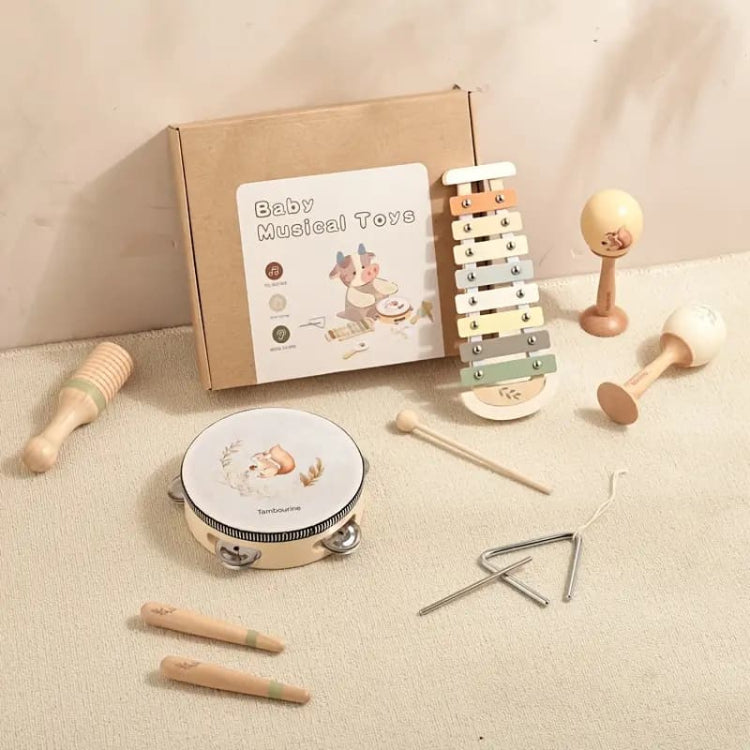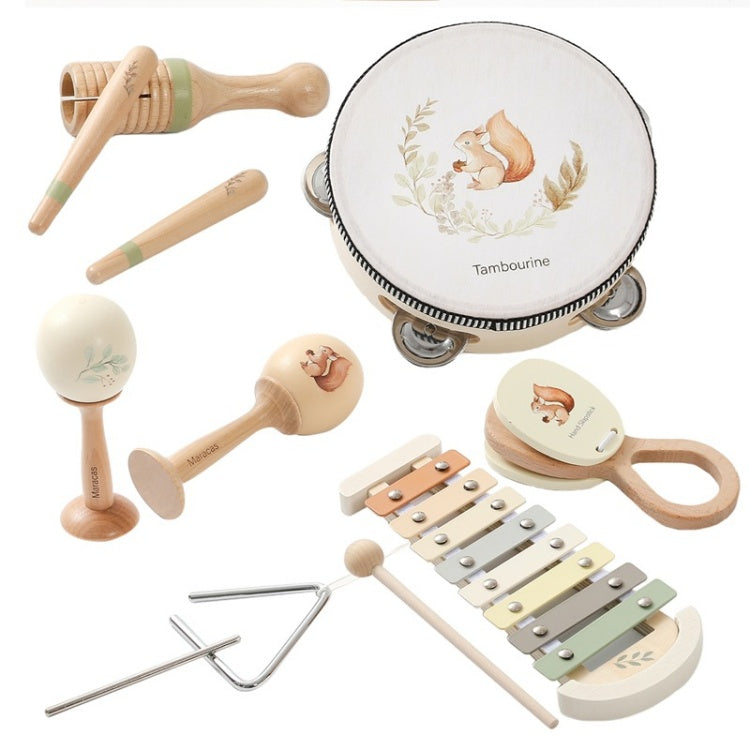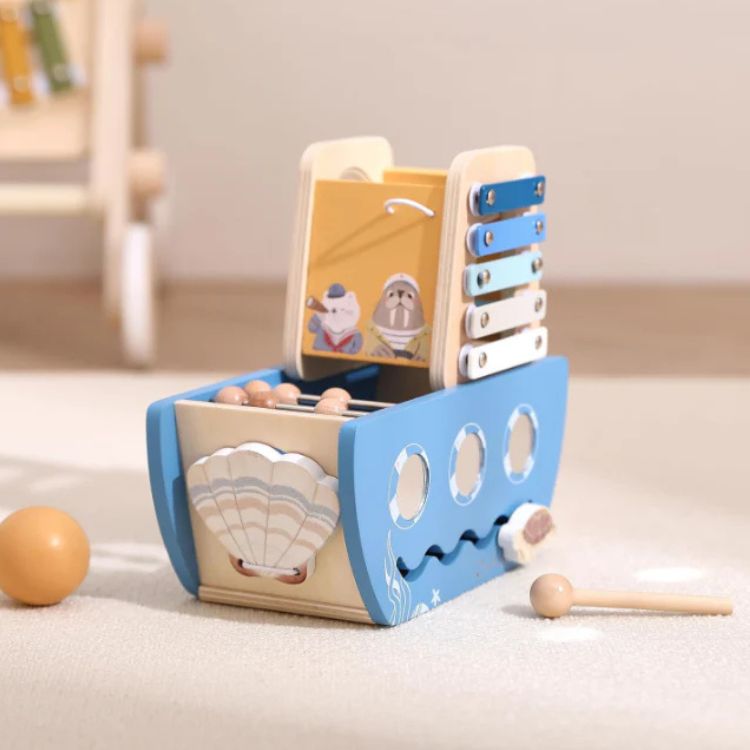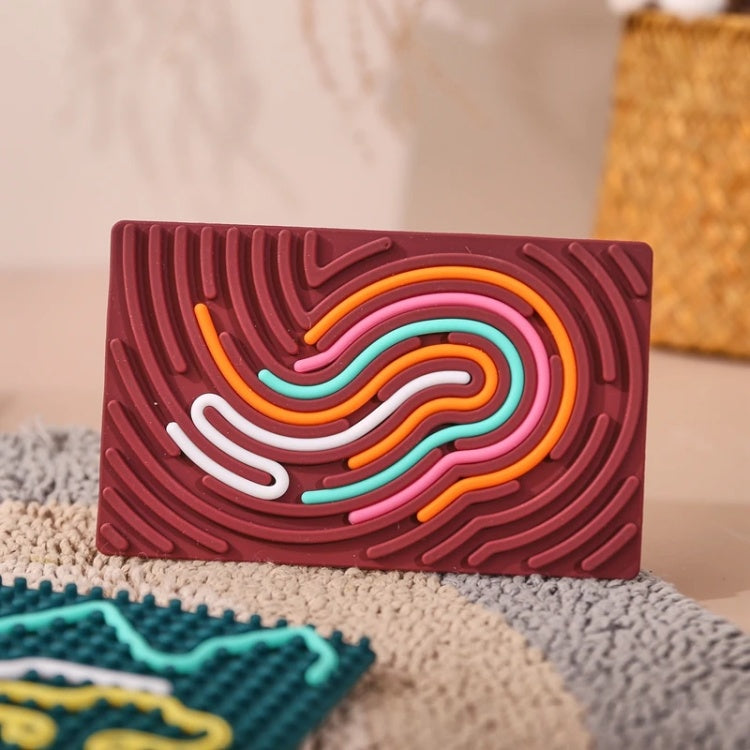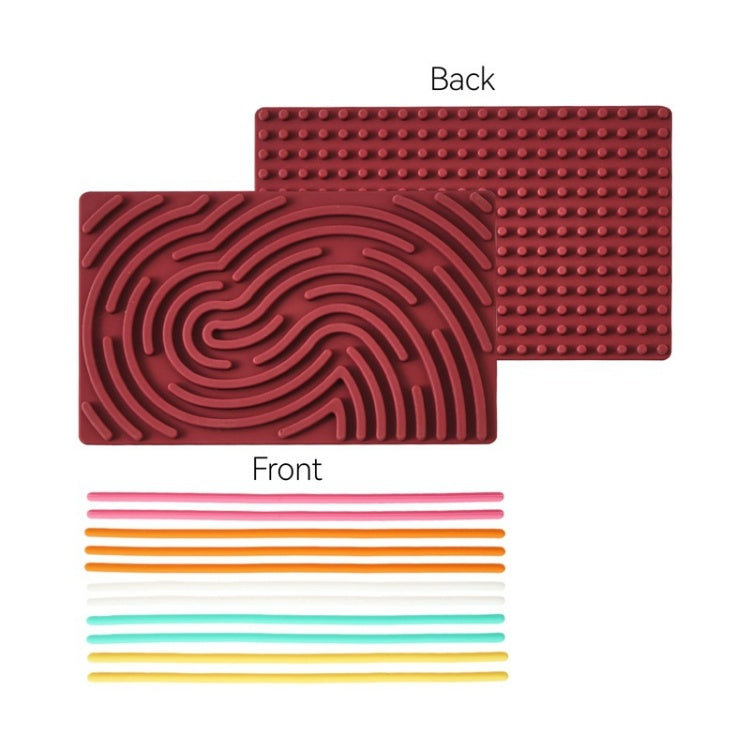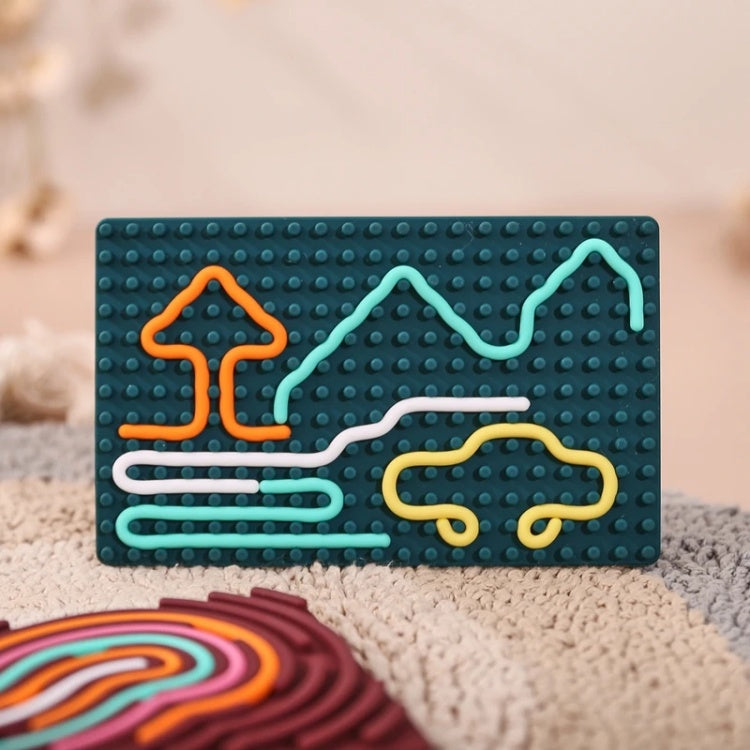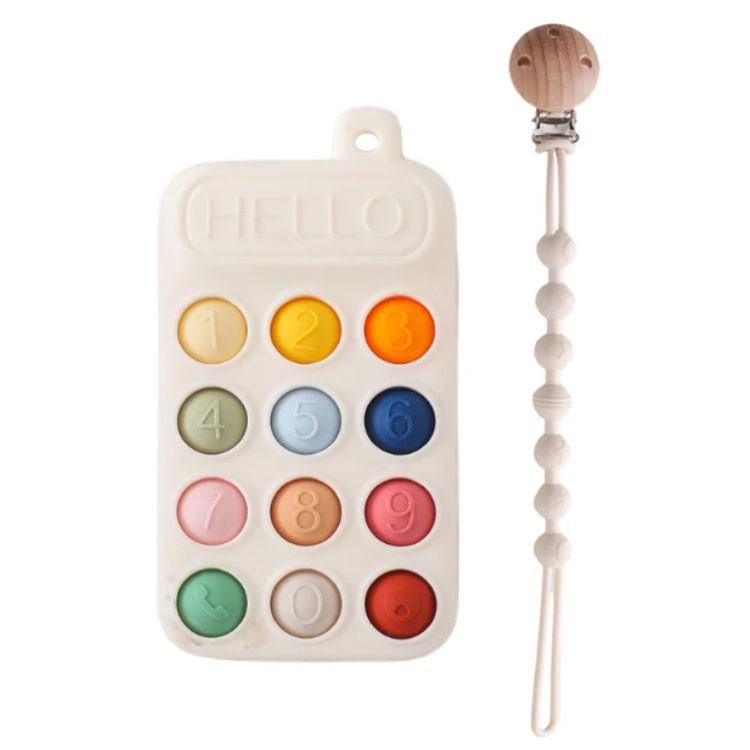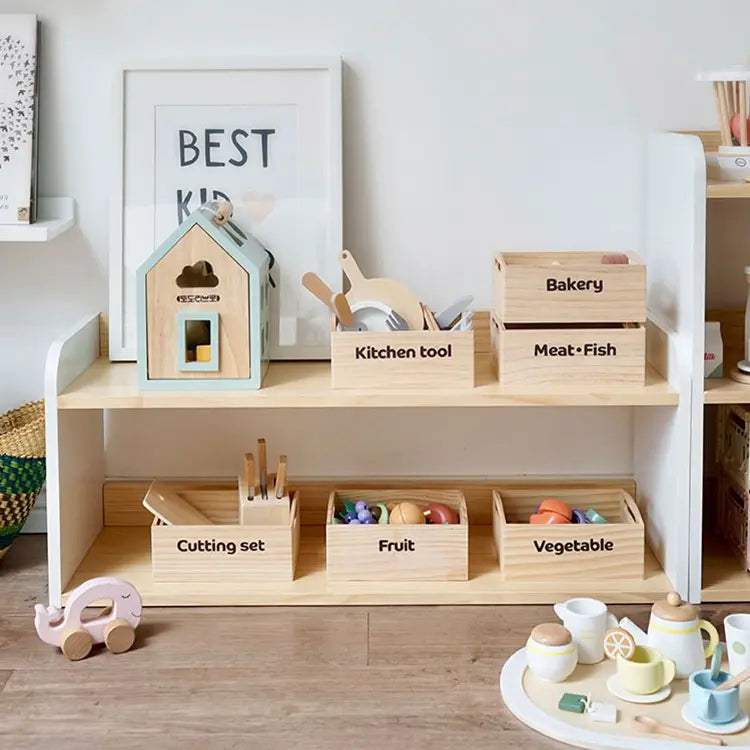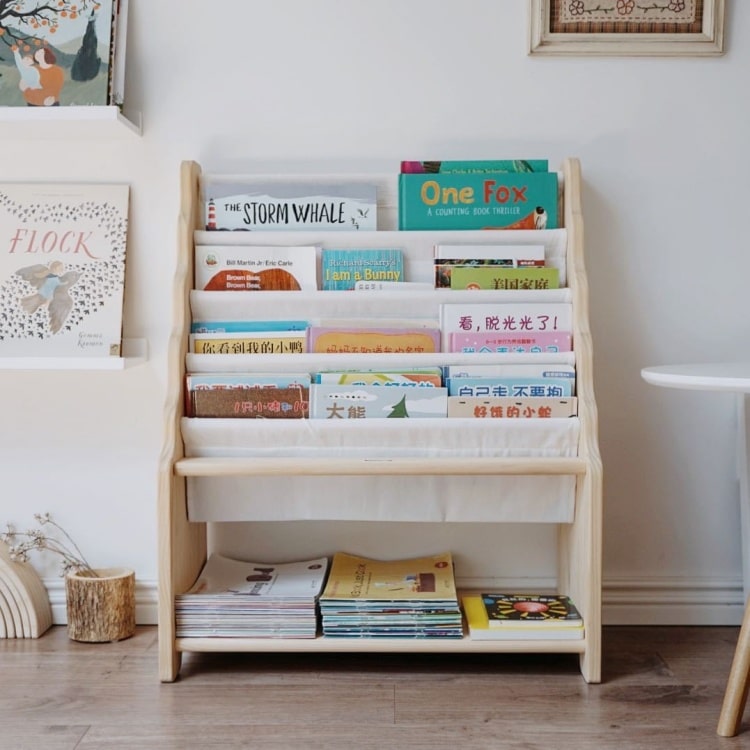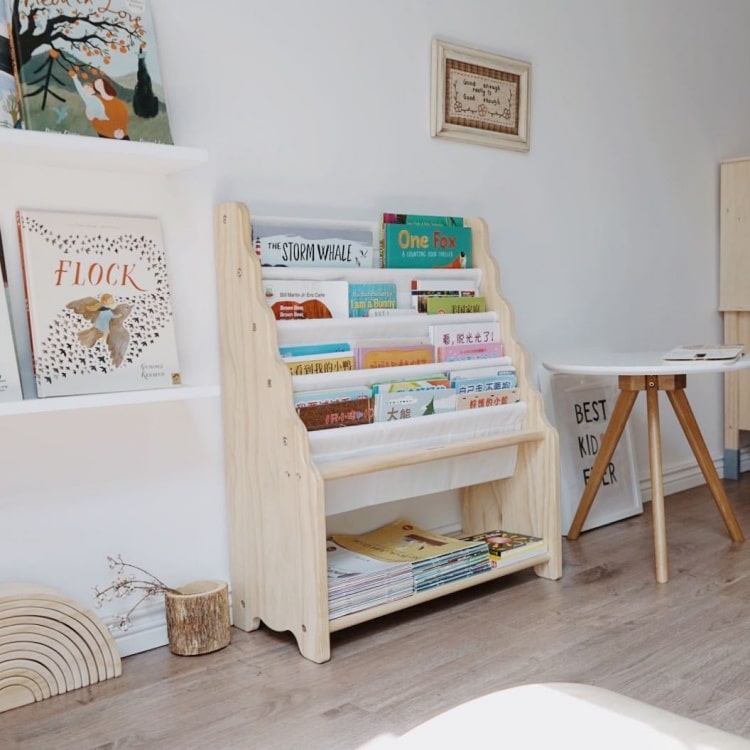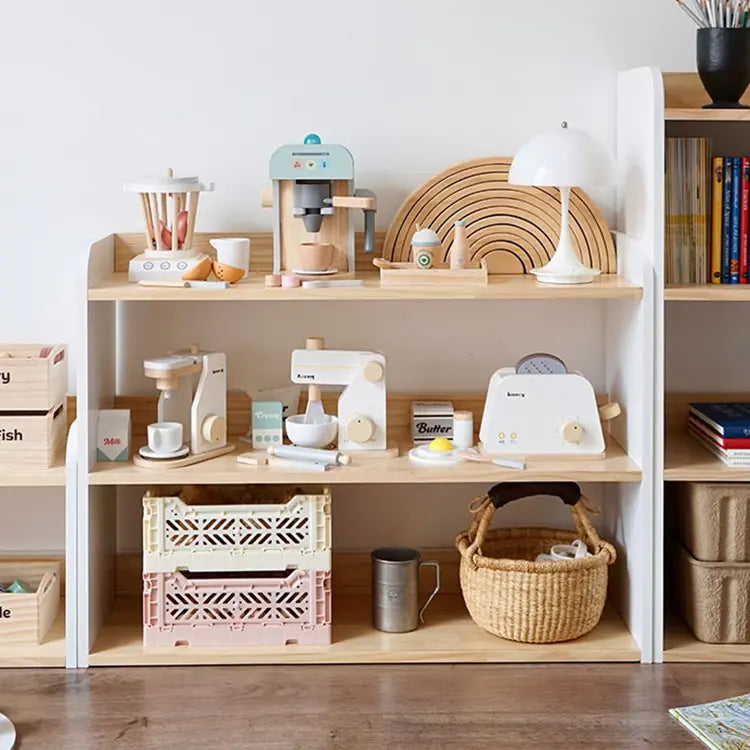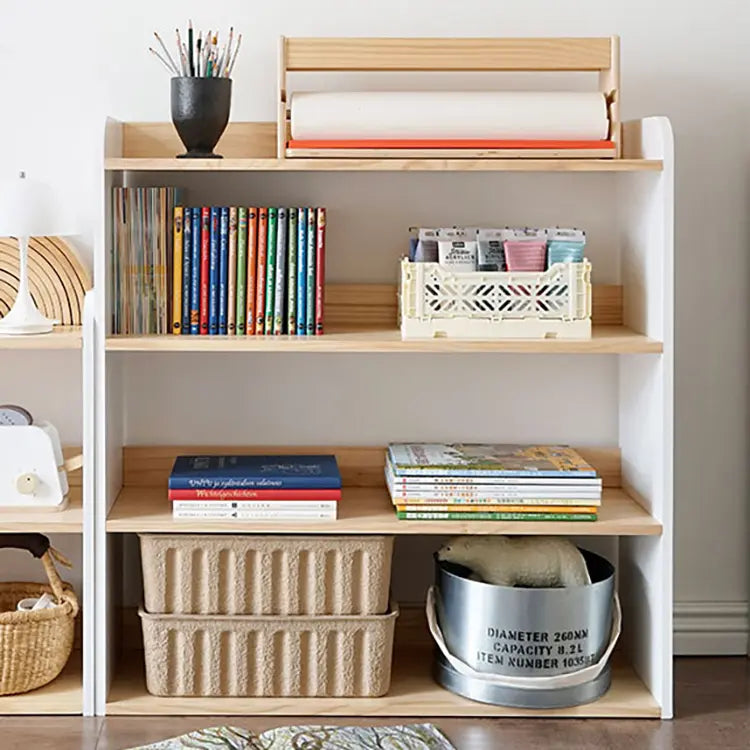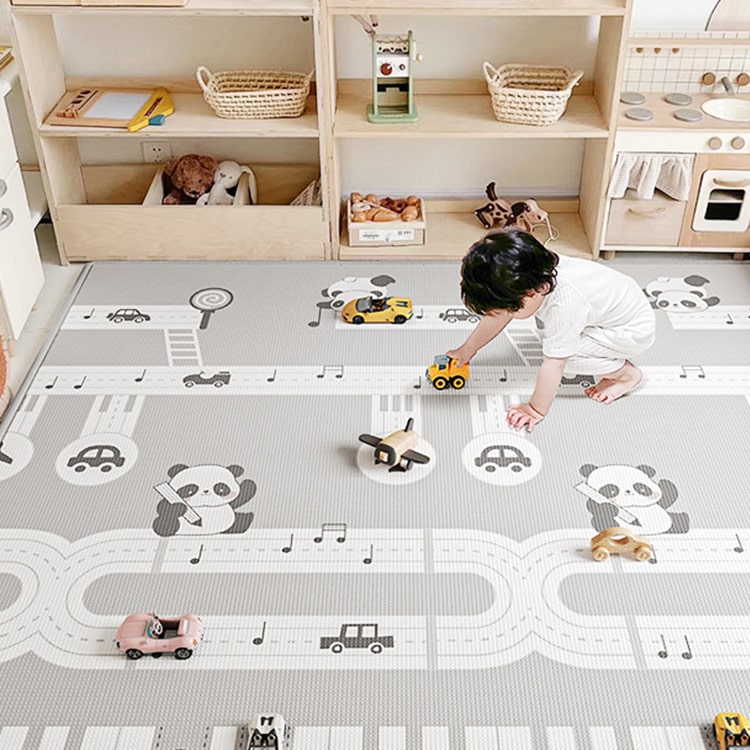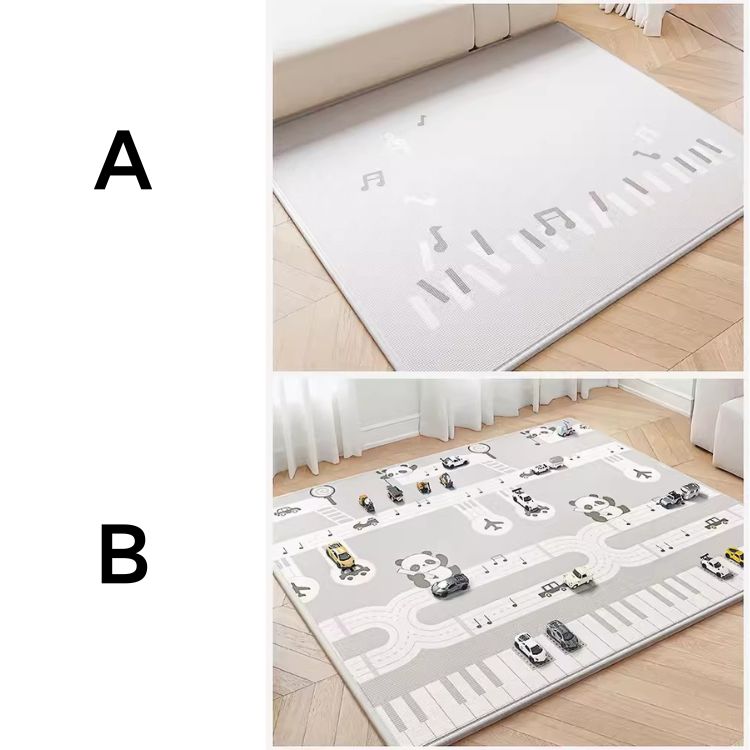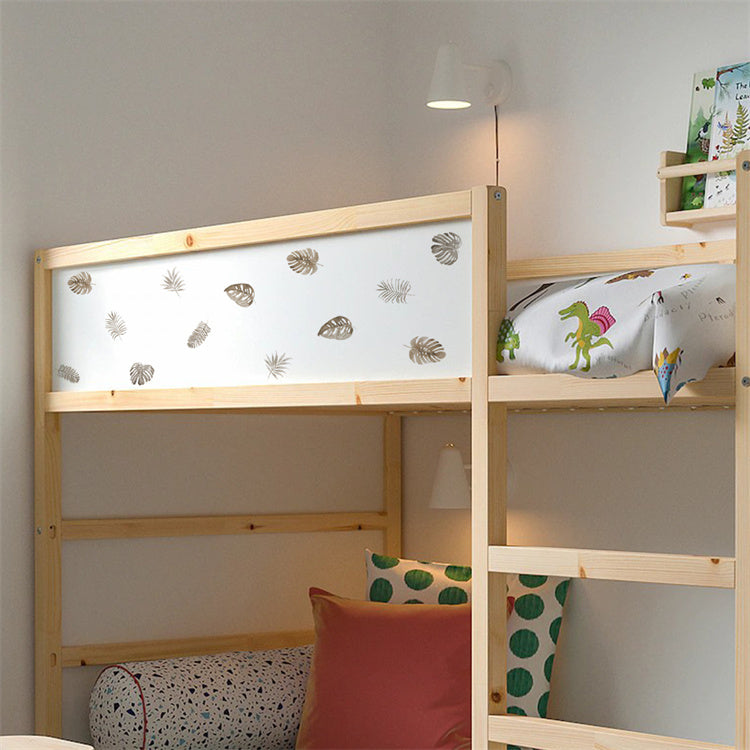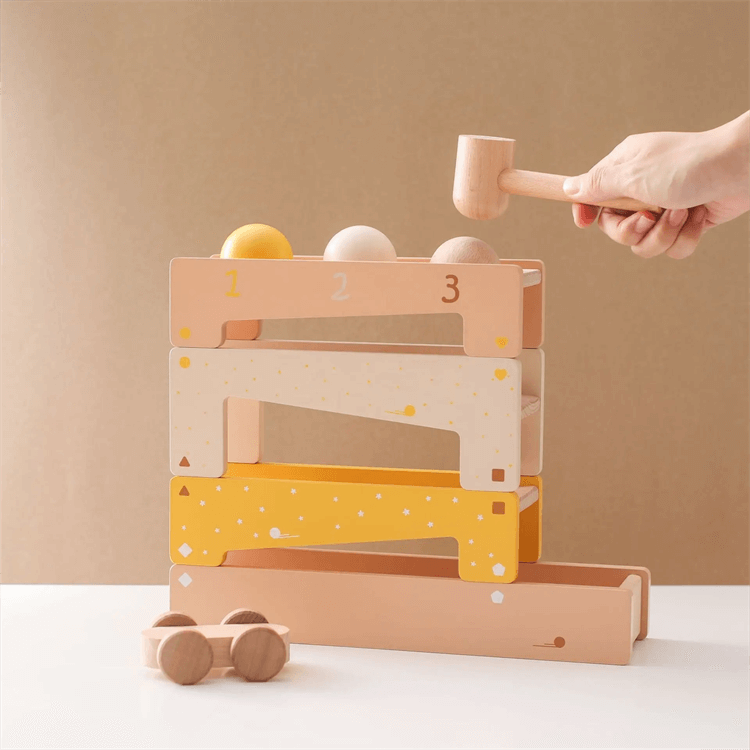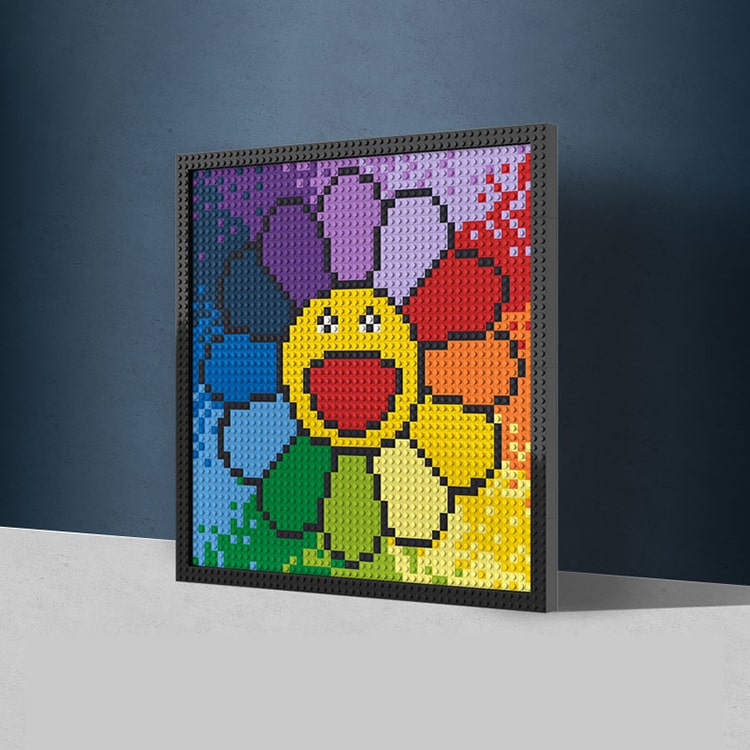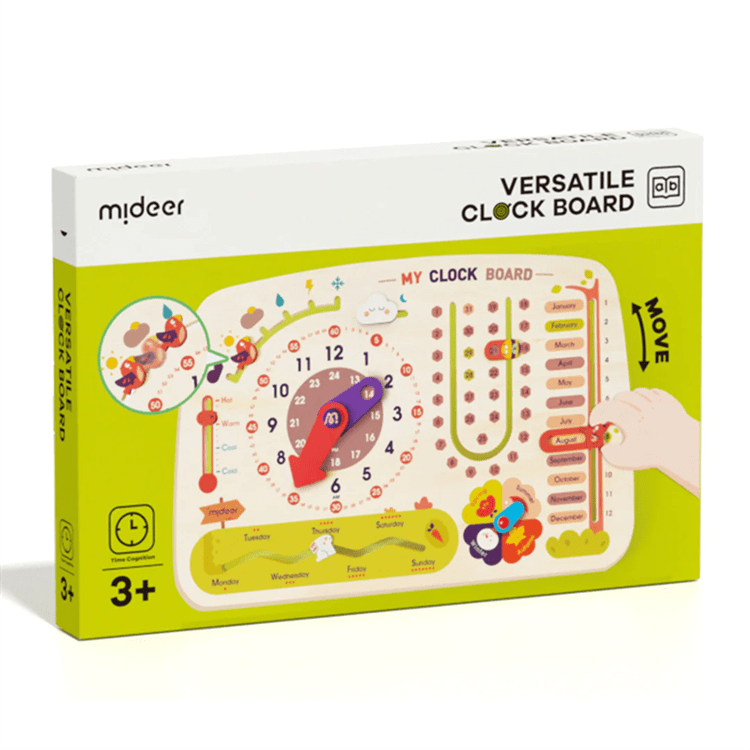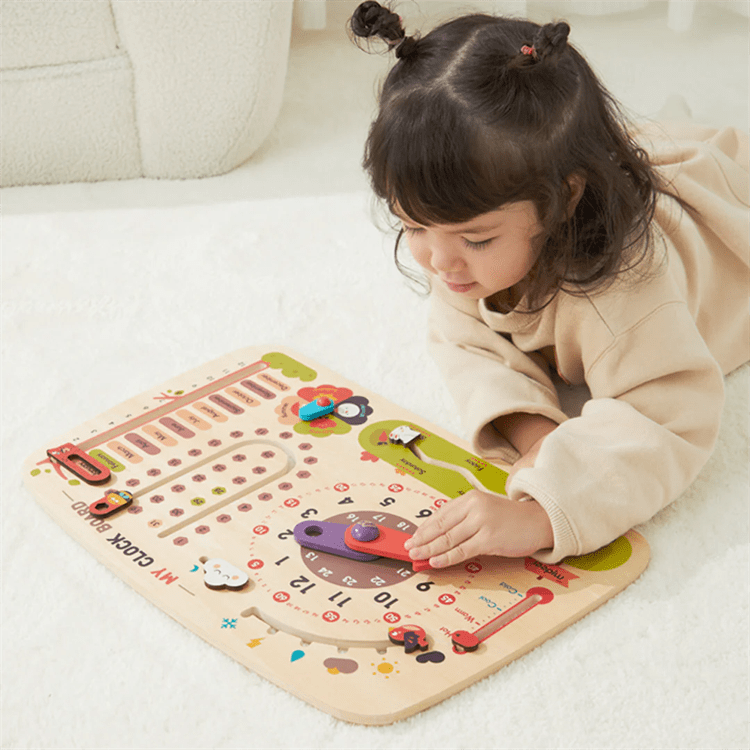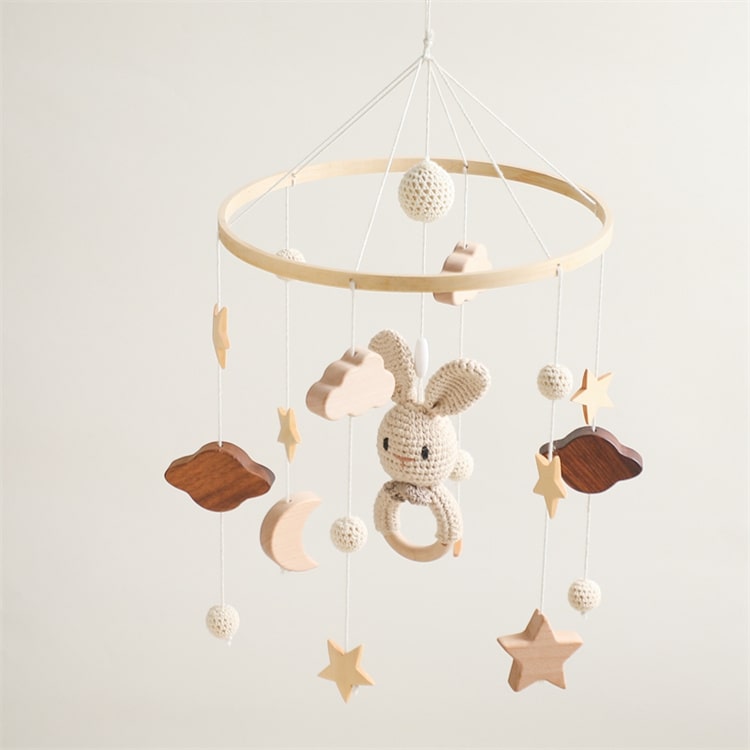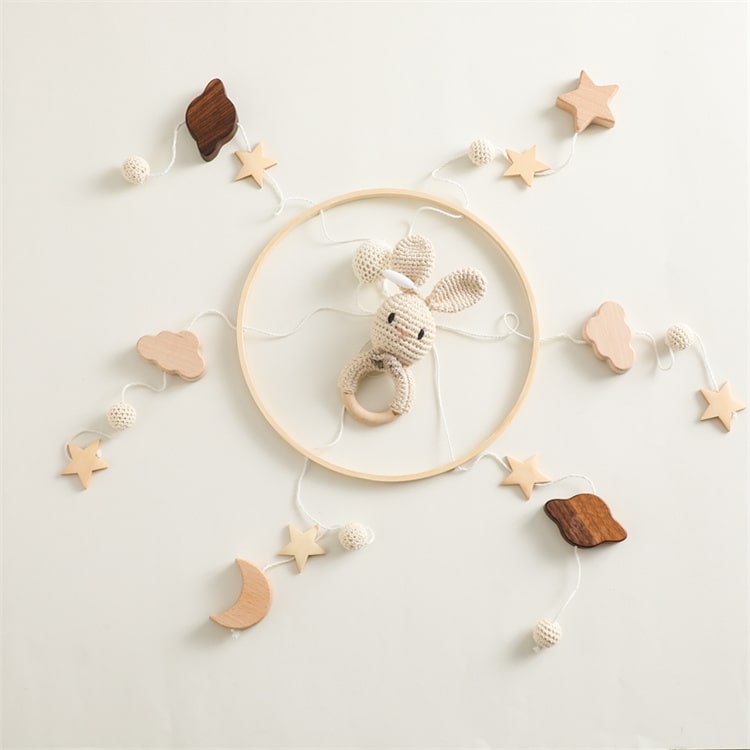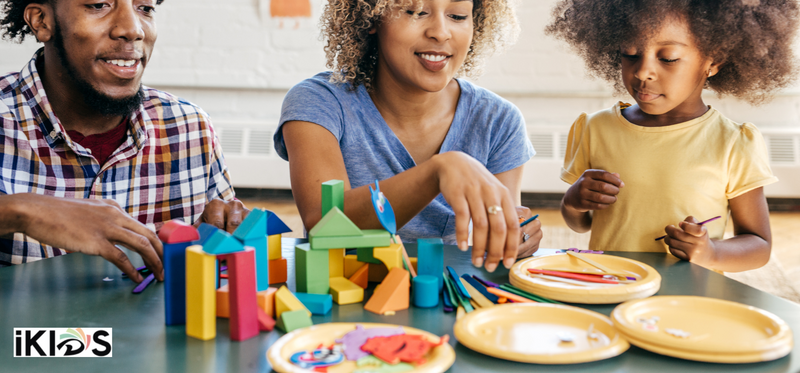
Reggio Emilia Inspired Activities
Implementing Reggio Emilia inspired activities for children can be a wonderful way to promote creativity, critical thinking, and collaboration among young learners. The Reggio Emilia approach emphasizes child-led exploration, experiential learning, and the use of natural materials. Here are some Reggio-inspired activities tailored for your kids:
- Nature Walks and Exploration:
Take children on nature walks in local parks or green spaces. Encourage them to observe, collect natural materials like leaves, stones, or sticks, and discuss their findings. Use these materials for various art and sensory activities.
Picnic in a forest or open area, and let the kids run and explore until their hearts are content. See our wide range of picnic blankets and outdoor rugs.

- Sensory Play with Indigenous Materials:
Set up sensory bins filled with indigenous materials such as sand, pebbles, shells, or dried plants. Allow children to explore these materials through touch, smell, and sight, fostering sensory awareness and appreciation for their environment.
- Art with Recycled Materials:
Promote sustainability and creativity by providing recycled materials like cardboard, paper, fabric scraps, and beads for art projects. Encourage children to create sculptures, collages, or mixed media artwork inspired by their surroundings.
- Community Garden Projects:
Partner with local community gardens or start a small garden in the schoolyard. Involve children in planting, watering, and harvesting fruits, vegetables, and herbs. This hands-on experience fosters a sense of responsibility, connection to nature, and appreciation for fresh produce.
- Documentation Panels:
Create documentation panels showcasing children's learning experiences, reflections, and artwork. Display photographs, drawings, and written narratives alongside children's work, encouraging communication and reflection among students, teachers, and parents.
- Storytelling and Dramatic Play:
Provide props, costumes, and open-ended materials for storytelling and dramatic play inspired by South African folk tales, wildlife, or cultural traditions. Encourage children to enact stories, create their narratives, and express themselves through role-playing and dress-up.

- Exploration of Indigenous Cultures:
Introduce children to diverse South African cultures through music, dance, storytelling, and traditional crafts. Invite guest speakers or organize cultural exchange activities to deepen children's understanding and appreciation of their heritage and the richness of human diversity.
- Collaborative Projects with Local Artists:
Collaborate with local artists or artisans to facilitate workshops where children can learn traditional art techniques or crafts. This collaborative approach not only exposes children to different forms of artistic expression but also promotes community engagement and cultural exchange.
- Outdoor Construction and Building:
Provide loose parts such as wooden blocks, stones, pipes, and crates for outdoor construction and building activities. Encourage children to work together to design and build structures, promoting teamwork, problem-solving, and spatial awareness.
- Exploration of Local Wildlife and Ecosystems:
Organize field trips to nearby nature reserves, botanical gardens, or wildlife sanctuaries to explore South Africa's diverse ecosystems and native wildlife. Engage children in observation, sketching, and discussion about the importance of conservation and environmental stewardship.
IKids offer a wide variety of Educational toys to support early childhood education.

By incorporating these Reggio-inspired activities into early childhood education, educators and parents can foster a holistic approach to learning that honours children's innate curiosity, creativity, and cultural heritage while nurturing their social, emotional, and cognitive development.














